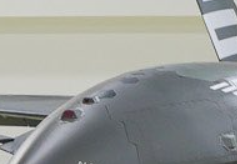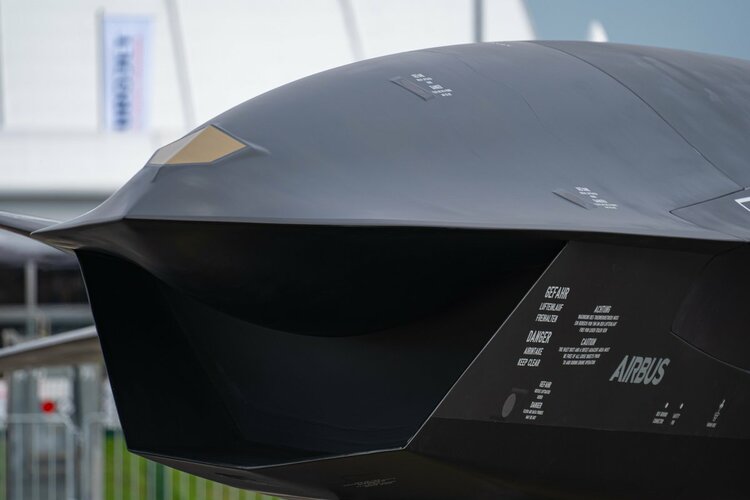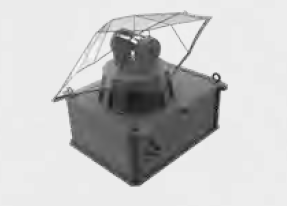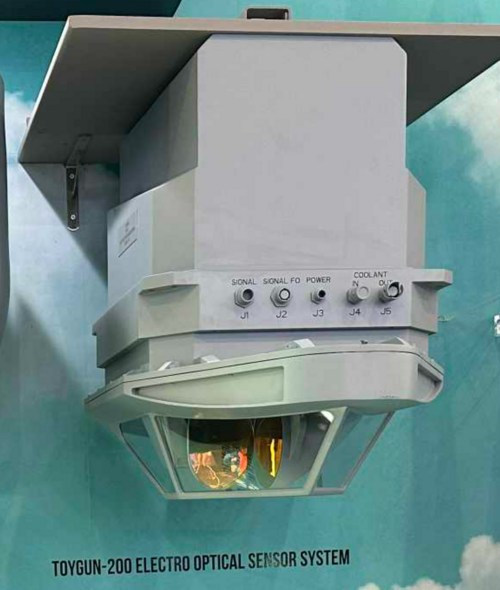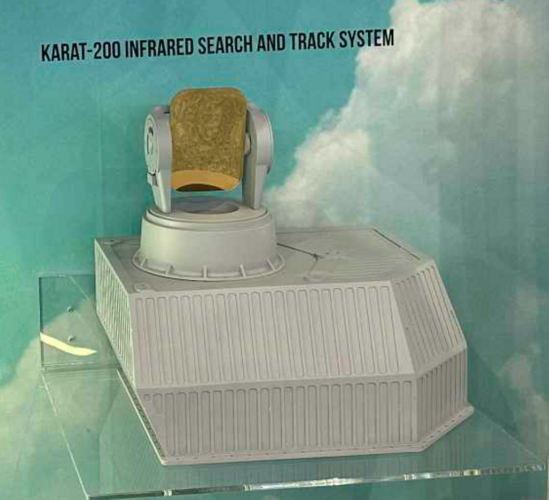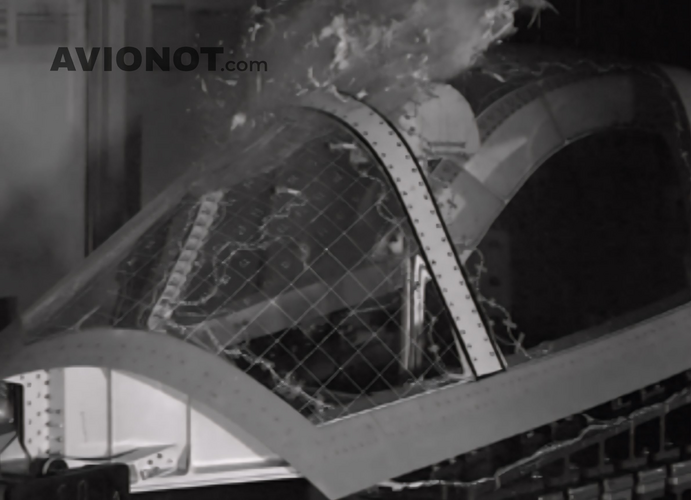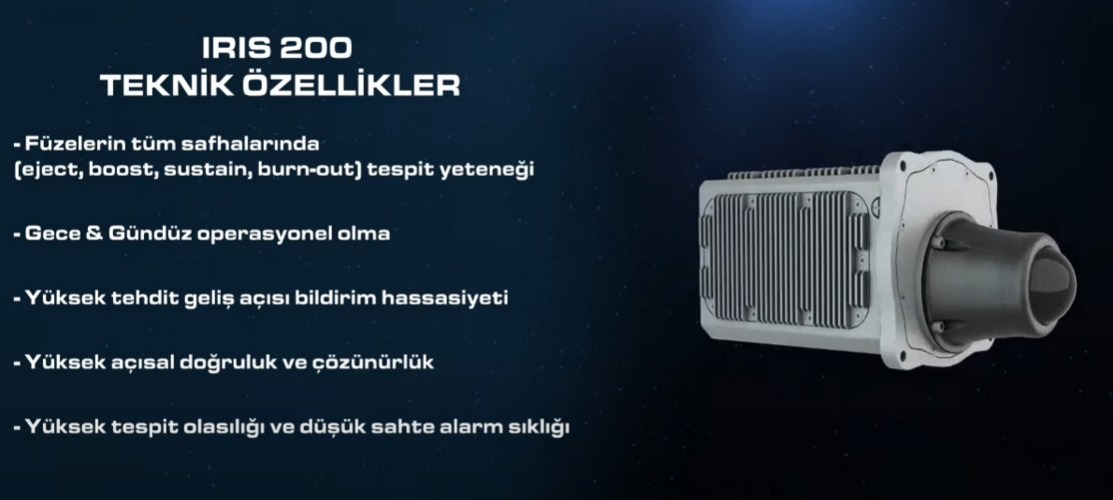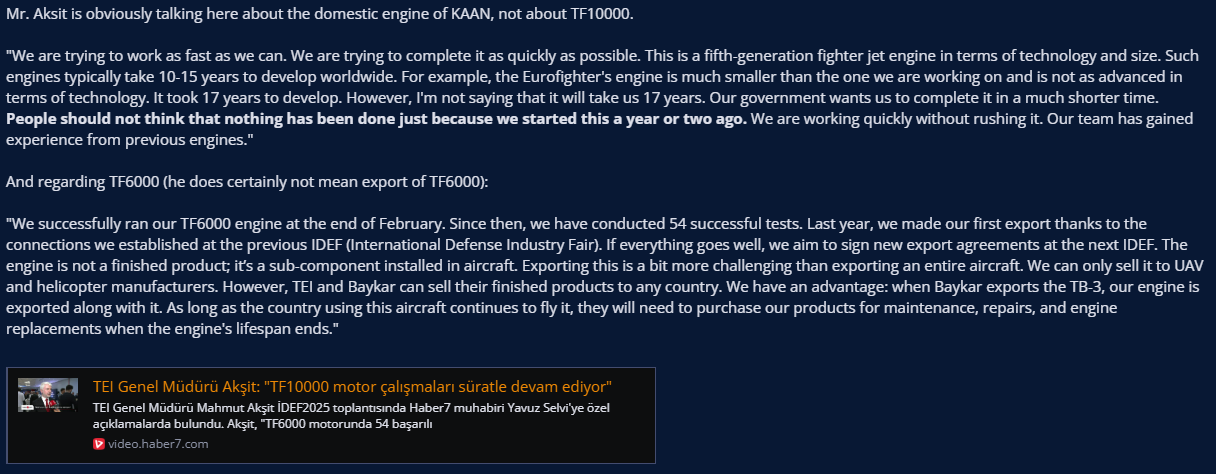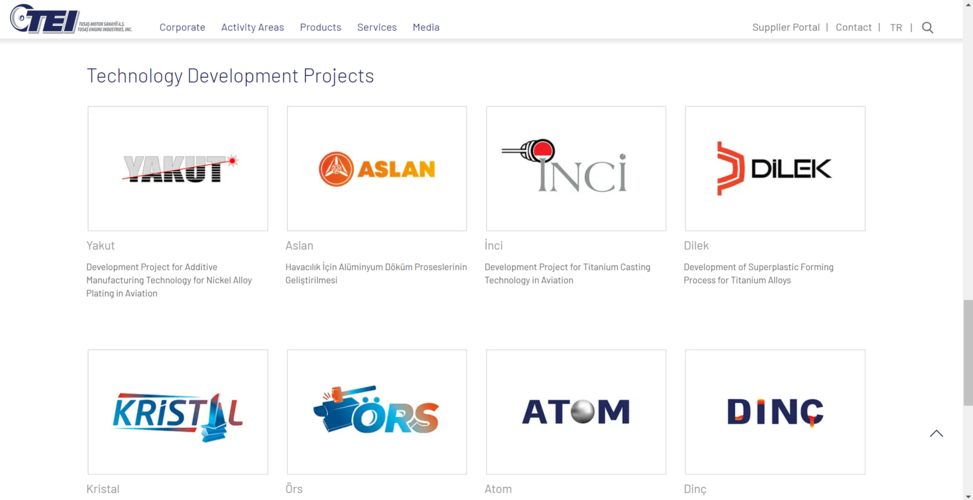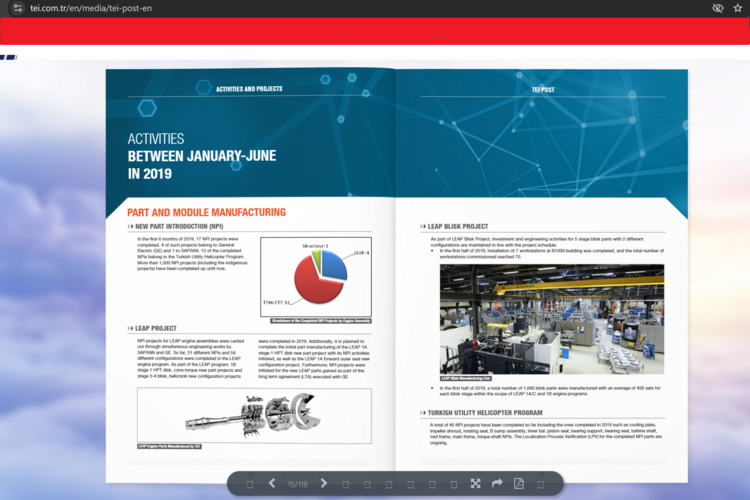FARNBOROUGH—Turkish Aerospace (TAI) has launched assembly of the next two Kaan combat aircraft prototypes, but supply chain issues are pacing the indigenous program, the company’s new CEO Mehmet Demiroglu says.
Speaking at a press conference on the second day of the
Farnborough Airshow—and just five weeks into his tenure as CEO of the OEM, following the departure of Temel Kotil in June—Demiroglu said that supply chain issues around titanium as well as castings and forgings were causing “significant manufacturing delays.”
He said TAI was now working to fix the problems with its suppliers and to help them return to what Demiroglu called the manufacturer’s “normal schedule” of production.
The next two prototypes will be closer to the planned final configuration of Kaan compared with Prototype 0, the aircraft that has so far performed two test flights to much fanfare in Turkey earlier this year. But that aircraft was originally developed simply as a demonstrator capable of taxiing before being subsequently modified to perform several flights.
“It was not meant to fly as it was first built,” Demiroglu said. “But we made lots and lots of changes, so it can fly, it is flying, and it will fly … but we are not going to fly this aircraft as much as we currently fly the Hurjet [jet trainer] prototype.
“We are not going to push this prototype ... the following two prototypes will fly considerably more,” he said.
Ankara has been working on concepts for an indigenous fighter aircraft since the early 2010s under the TF-X program.
Since initial program launch in 2016, Turkish Aerospace has been steadily establishing the ecosystem and facilities to be ready for full-scale development, including building a national supply chain to support it.
The OEM rolled out the prototype during a low-key event on March 18, 2023, before it was formally unveiled in May 2023 in the presence of Turkish President Recep Tayyip Erdogan. The president formally named the aircraft Kaan and declared it one of the centerpieces of the country’s efforts to establish a national defense industry and become a major defense exporter.
Prototype 0 is currently powered by a pair of General Electric-supplied F110 engines from the F-16, but efforts are underway to develop a national fighter engine. TAI-owned TRMotor and TUSAS Engine Industries (TEI) are already collaborating on the development of the fighter engine, although Demiroglu says this collaboration is not finalized. The indigenous engine partnership will be formalized in the weeks following the
Farnborough Airshow, as will collaboration with Ukrainian engine development house Ivchenko Progress.
The Ukrainian company is supporting the engine development effort, Demiroglu said, because it has “walked the road [of engine development] before, and we are trying to reduce the time of development by getting some help.”
Ukraine and Turkey previously signed agreements around engine technology in October 2020, before Russia’s invasion of Ukraine.
Looking ahead, Demiroglu said he was looking forward to cementing his role at the company. He said Turkey has now proved its aerospace credentials with a series of first flights last year of platforms such as the ATAK 2 attack helicopter, the Anka 3 uncrewed aircraft system and the Hurjet trainer.
“It shows that Turkey is capable of designing, manufacturing, testing and flying any platforms that you can think of—any platforms,” Demiroglu said.
His plan is to ensure that the company can manufacture the aircraft and support them “cost-efficiently, with high quality and in a timely manner,” he says.



